A study investigated how protecting different areas of the ocean could preserve biodiversity, increase food production, and reduce carbon emissions. It used an algorithm to determine which areas would bring about the most benefits if they were protected. The findings can then be used by policymakers to make decisions in accordance with their priorities. Protecting 28% of the ocean could lead to an increase in fish stocks of 6.5 million tonnes.

So what?
Can this study lead to evidence-based decision making that delivers on pledges to protect nature and mitigate the climate crisis? Will more studies capitalise on algorithms to inform modelling and predictions? Or could a rise in distrust of expertise and technology counter these developments?

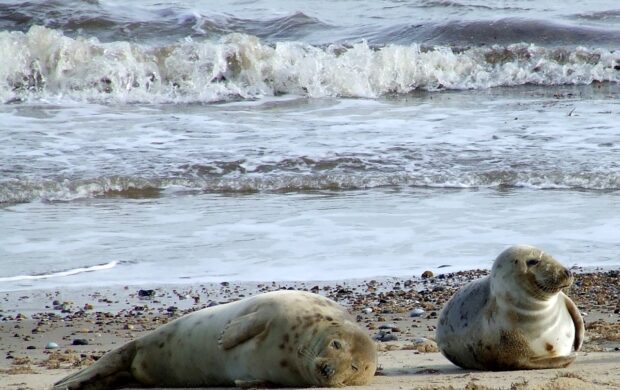
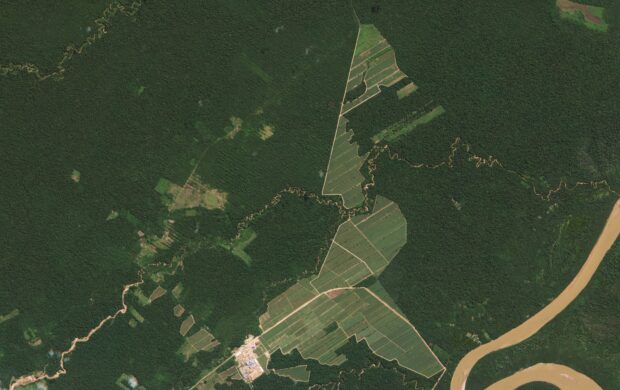



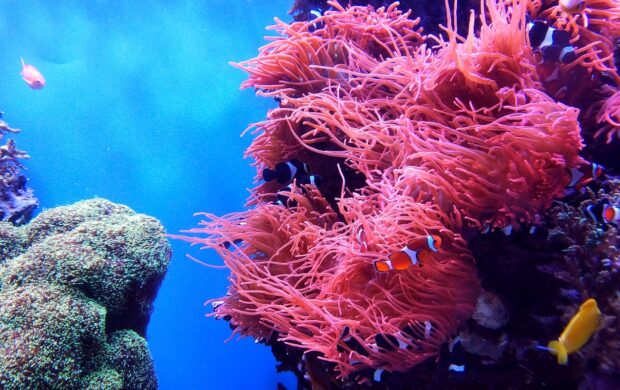
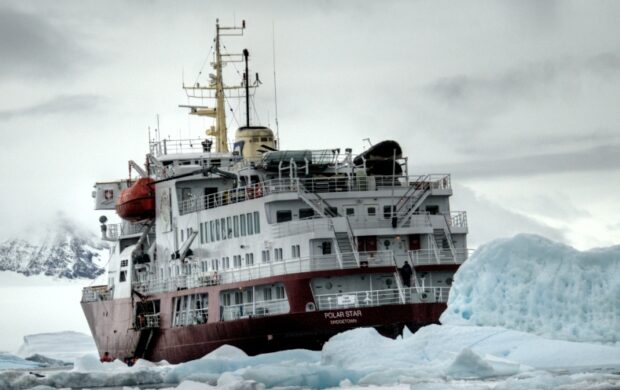





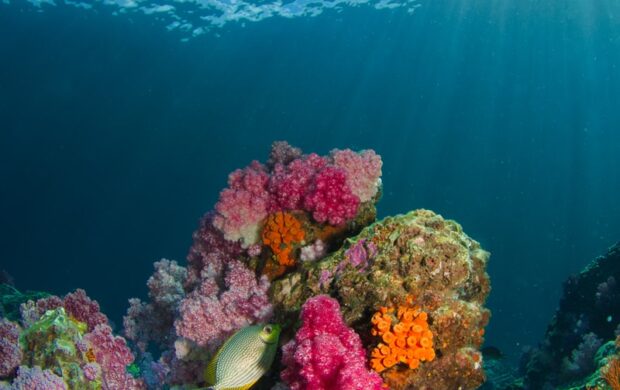



Join discussion